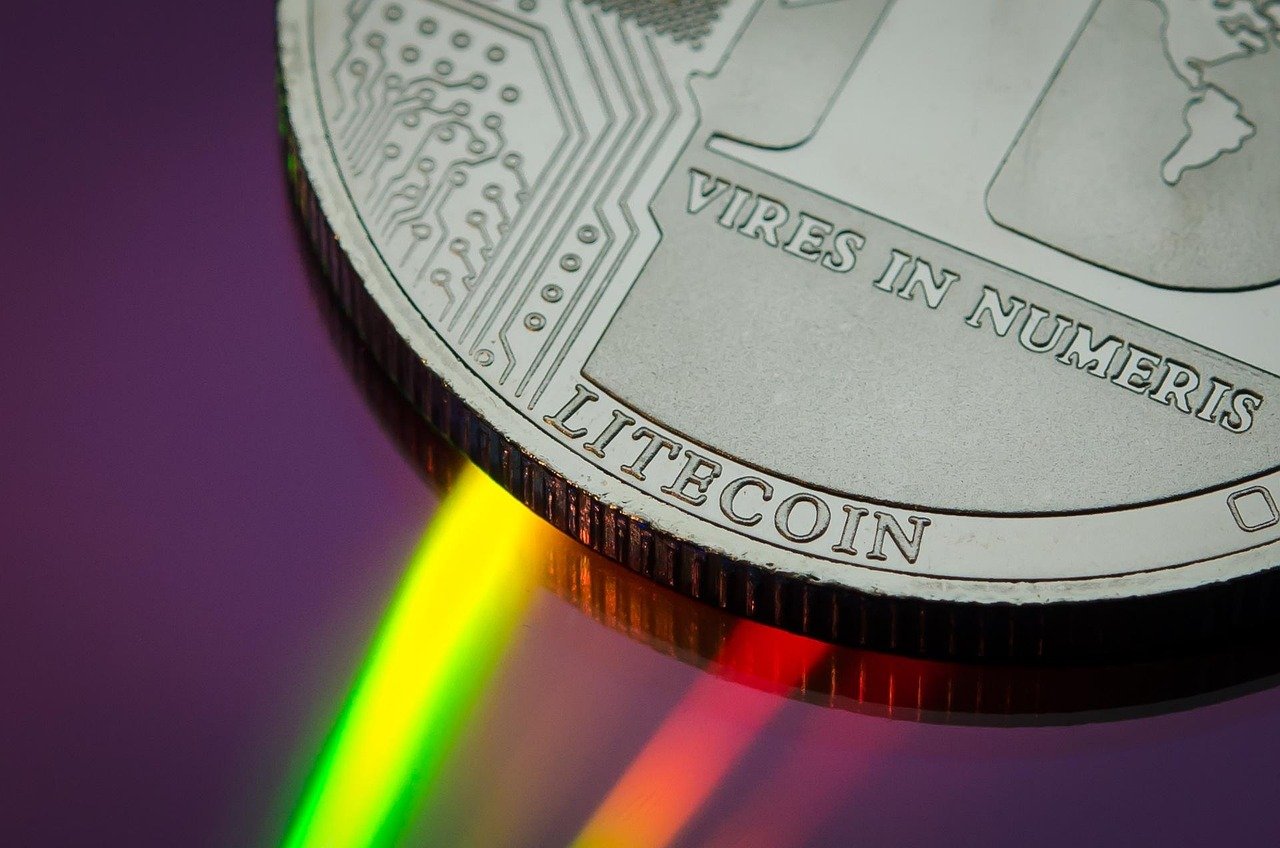The digital world is constantly evolving, and one of the most fascinating developments in recent years has been the rise of Non-Fungible Tokens, or NFTs. From digital art and music to virtual real estate and collectibles, NFTs are revolutionizing how we own and trade digital assets. This blog post will delve into the world of NFTs, exploring what they are, how they work, their potential benefits, and the challenges they face. Whether you’re a seasoned crypto enthusiast or a curious newcomer, this guide will provide a comprehensive overview of NFTs and their impact on the digital landscape.
Understanding Non-Fungible Tokens (NFTs)
What are NFTs?
NFTs, or Non-Fungible Tokens, are unique digital assets that represent ownership of a specific item or piece of content. Unlike cryptocurrencies like Bitcoin, which are fungible (meaning each Bitcoin is interchangeable with another), NFTs are unique and cannot be replicated. Think of it like owning a one-of-a-kind trading card or a rare piece of art; the value lies in its scarcity and authenticity.
- Non-Fungible: Each token is unique and cannot be exchanged on a one-to-one basis.
- Token: A digital certificate stored on a blockchain.
- Digital Asset: Represents ownership of a digital or physical item.
How do NFTs Work?
NFTs are typically created on a blockchain, most commonly Ethereum. The blockchain acts as a secure and transparent ledger, recording the ownership and transaction history of each NFT. When you purchase an NFT, you’re essentially buying the rights to a digital token that represents ownership of the associated asset. The blockchain ensures that your ownership is verifiable and cannot be altered.
The process generally involves:
- Minting: Creating a new NFT on the blockchain. This involves encoding information about the asset into the token.
- Listing: Putting the NFT up for sale on a marketplace.
- Transaction: A buyer purchases the NFT, and ownership is transferred to their digital wallet.
- Verification: The blockchain verifies the transaction, ensuring its authenticity and immutability.
Practical Examples of NFTs
NFTs have found applications in various fields, including:
- Digital Art: Artists can sell their digital creations as NFTs, providing a way to monetize their work and prove its authenticity. For example, Beeple’s “Everydays: The First 5000 Days” sold for $69 million as an NFT.
- Music: Musicians can release songs, albums, or exclusive content as NFTs, giving fans a unique way to support their favorite artists. Kings of Leon released their album “When You See Yourself” as an NFT.
- Collectibles: Virtual trading cards, digital pets, and other collectibles can be represented as NFTs, creating a digital scarcity and driving value. CryptoPunks and Bored Ape Yacht Club are popular examples.
- Gaming: In-game items, characters, and virtual land can be NFTs, allowing players to truly own their digital assets and trade them with others. Axie Infinity is a popular play-to-earn game using NFTs.
- Virtual Real Estate: Land in virtual worlds like Decentraland and The Sandbox can be owned as NFTs, allowing users to build experiences and monetize their virtual properties.
Benefits of NFTs
For Creators
NFTs offer numerous benefits for creators, providing new ways to monetize their work and connect with their audience.
- Direct Monetization: Creators can sell their work directly to collectors, cutting out intermediaries like galleries or record labels.
- Royalties: Creators can program royalties into their NFTs, ensuring they receive a percentage of future sales. This provides a continuous income stream.
- Authenticity and Scarcity: NFTs provide proof of authenticity and scarcity, making digital assets more valuable and collectible.
- Community Building: NFTs can be used to create exclusive communities and reward loyal fans.
For Collectors
Collectors are drawn to NFTs for their unique value proposition, offering a new way to own and support digital assets.
- Ownership: NFTs provide verifiable ownership of digital assets.
- Collectibility: The scarcity and uniqueness of NFTs make them attractive collectibles.
- Investment Potential: The value of NFTs can appreciate over time, offering potential investment opportunities.
- Community Membership: Owning certain NFTs can grant access to exclusive communities and experiences.
- Supporting Artists and Creators: Collectors can directly support their favorite artists and creators by purchasing their NFTs.
Challenges and Risks Associated with NFTs
Environmental Concerns
NFTs created on certain blockchains, particularly Ethereum using the Proof-of-Work (PoW) consensus mechanism, have raised environmental concerns due to their high energy consumption. However, the move towards more energy-efficient Proof-of-Stake (PoS) blockchains, like Ethereum’s transition to “The Merge,” is helping to mitigate these concerns.
- High Energy Consumption: PoW blockchains require significant energy to validate transactions.
- Transition to PoS: PoS blockchains are more energy-efficient, reducing the environmental impact of NFTs.
- Layer-2 Solutions: Layer-2 scaling solutions can also reduce the energy consumption associated with NFT transactions.
Security Risks
The NFT space is still relatively new, and security risks are a significant concern. Scams, hacks, and fraud are prevalent, and users need to be cautious when buying, selling, or storing NFTs.
- Phishing Scams: Cybercriminals may use phishing tactics to trick users into revealing their private keys or connecting their wallets to malicious websites.
- Smart Contract Vulnerabilities: Flaws in the smart contracts underlying NFTs can be exploited by hackers.
- Rug Pulls: Developers may abandon a project after raising funds, leaving investors with worthless NFTs.
Valuation and Liquidity
The valuation of NFTs can be subjective and volatile, making it difficult to determine their true worth. Liquidity can also be an issue, as not all NFTs are easily traded on the secondary market.
- Subjective Valuation: The value of an NFT is often based on factors such as rarity, aesthetics, and community sentiment.
- Market Volatility: The NFT market can be highly volatile, with prices fluctuating dramatically in short periods.
- Liquidity Issues: Some NFTs may be difficult to sell quickly, especially if they are not popular or in high demand.
The Future of NFTs
Potential Developments
The future of NFTs is bright, with numerous potential developments on the horizon. As the technology matures and adoption increases, NFTs are poised to play an even more significant role in the digital economy.
- Integration with the Metaverse: NFTs will likely play a crucial role in the metaverse, allowing users to own virtual assets and experiences.
- Utility-Based NFTs: NFTs with practical applications, such as tickets to events or access to exclusive content, are becoming more common.
- Improved Scalability and Security: Ongoing developments in blockchain technology are addressing scalability and security concerns, making NFTs more accessible and secure.
- Increased Adoption by Mainstream Brands: More and more mainstream brands are exploring NFTs, bringing them to a wider audience.
Actionable Tips for Getting Started with NFTs
If you’re interested in getting started with NFTs, here are some actionable tips:
- Do Your Research: Before investing in NFTs, research the project, the creators, and the market.
- Use a Secure Wallet: Choose a reputable digital wallet to store your NFTs and protect your private keys.
- Be Cautious of Scams: Be wary of phishing scams and fraudulent projects. Never share your private keys or connect your wallet to untrusted websites.
- Start Small: Begin with smaller investments to gain experience and understand the market dynamics.
- Join the Community: Engage with the NFT community on social media platforms like Twitter and Discord to learn from others and stay informed.
Conclusion
NFTs represent a paradigm shift in how we own and interact with digital assets. While they offer numerous benefits for creators and collectors alike, it’s important to be aware of the challenges and risks involved. By understanding the fundamentals of NFTs, staying informed about market trends, and practicing due diligence, you can navigate the NFT space successfully and participate in this exciting new frontier of the digital economy. The journey of NFTs is just beginning, and their potential to revolutionize various industries is immense.



